Point Reyes Field Station is located within the boundaries of the Olema Valley Historic Ranching District and Point Reyes National Seashore; the field station is headquartered in the historic two-story ranch home built around 1915 by the Healion family.
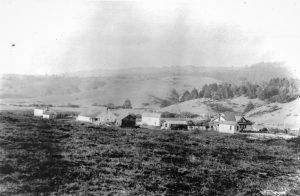
The 200-plus acres of ranch land surrounding the house was originally occupied by Coast Miwok and subsequently settled in 1856 by Benjamin Miller, who eventually purchased the property from the Shafter law firm in March 1861 for a total price of $3,264.05, or about $15.00 an acre.
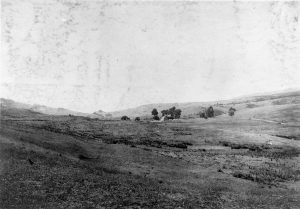
By 1860, Miller’s ranch, which included about 100 cows as well as horses, sheep, oxen, pigs, crops, and an orchard, produced over 3,000 pounds of butter, 2,000 bushels of Irish potatoes, as well as peas, beans, wheat, and oats. The ranch was one of many in the Olema Valley Historic Ranching District that produced and delivered butter to the ever-growing city of San Francisco.
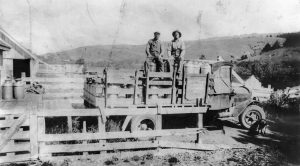
Benjamin Miller was infamous for the 1861 murder of his neighbor, William Randall, whose ranch is east and north of the field station along Highway 1. Apparently the two ranchers had a long-standing dispute about property boundaries. The Randall homestead is easily identified by the boarded up white clapboard and shingle house a little ways north of the field station on State Highway 1 and is now home to a number of bat species. Mr. Miller remained at his ranch during his murder trial and was never jailed for the crime, eventually moving to Watsonville in 1869 where he died in 1879.
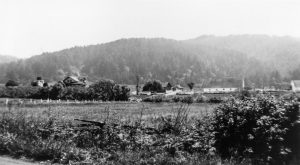

The ranch proceeded to change hands several times during the late 1880s until it was purchased by Thomas Healion. After Thomas Healion’s death in 1909, his son Arthur Healion and his wife Caroline built their home about 1915 while they raised their family and operated the dairy. Their home now houses Point Reyes Field Station.

In 1938, after her husband’s death, Caroline Healion sold the ranch to George Hagmaier, who owned almost 300 acres directly to the north (the old Biesler Ranch). Mr. Hagmaier continued to operate the ranch remotely while he resided and worked in Alameda. Shortly after purchasing the Healion ranch, Mr. Hagmaier built the two-story ranch hands house just north of the main house. The ranch hands house currently houses a satellite office of Point Blue Conservation Science.
In 1938 Mr. Hagmaier built the two red sheds just north of the main house and in 1941 he built the large corrugated metal hay barn to replace the original barn that had burned in a spectacular fire in the late 1930s. The driveway to the Hagmaier ranch complex from Highway 1 follows the same route in a U.S. Geological Survey map from 1898.
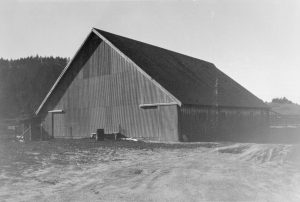
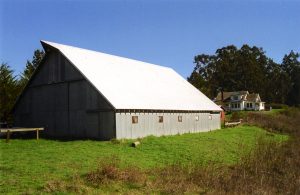
If you would like additional details about the Hagmaier ranch site, Olema Valley, and ranching and land use in the area, there is a book written by local historian D.S. (Dewey) Livingston and published by the National Park Service called A Good Life: Dairy Farming in the Olema Valley: A History of the Dairy and Beef Ranches of the Olema Valley and Lagunitas Canyon (downloadable 20MB pdf). Point Reyes National Seashore also has a terrific history of ranching and cultural history within the Seashore.
